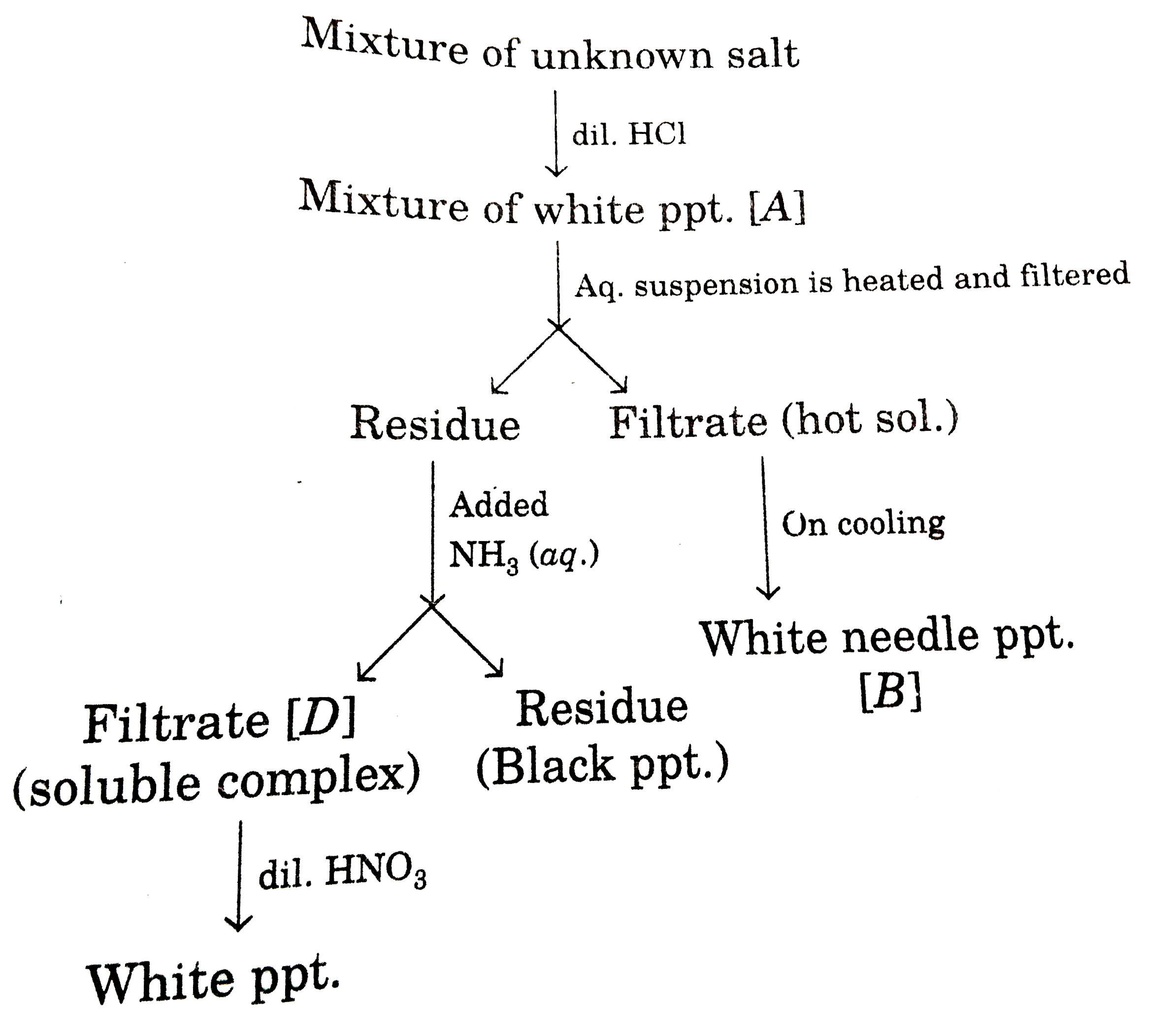If we replace all the fuoride and water ligands from [CoF3(H2O)3] by oxalate ligand without changing the oxidation state and co-ordination number of central metal atom or ion, then, predict which of the following value increases in the newly formed complex.
(a) Δ0
(b) Number of t2g electrons
(c ) Number of eg electrons
(d) Number of stereo isomers
(e ) Number of geometrical isomers,
(f) EAN value
The correct Answer is:1
[CoF3(H2O)3]→[Co(C2O4)3]3− Only Δ0 increases.
Topper's Solved these Questions
- COORDINATION COMPOUNDSBOOK - OP TANDONCHAPTER - COORDINATION COMPOUNDSEXERCISE - MATCH THE COLUMN TYPE
11 Videos
- CLASSIFICATION AND NOMENCLATURE OF ORGANIC COMPOUNDS BOOK - OP TANDONCHAPTER - CLASSIFICATION AND NOMENCLATURE OF ORGANIC COMPOUNDS EXERCISE - INTEGER
2 Videos
- ELECTROCHEMISTRYBOOK - OP TANDONCHAPTER - ELECTROCHEMISTRYEXERCISE - Matrix-Matching Type Question
3 Videos
Similar Questions
Suppose we replace all the fluoride and water ligands from [CoF3(H2O)3] by oxalate ligand without changing the oxidation state and coordination number of central metal atom or ion. Predict the number of parameters among following which increase in the newly formed complex.
(I) Δ0
(II) Number of t2g electrons.
(III) Number of eg electrons.
(IV) Number of stereoisomers.
(V) Number of geometrical isomers.
(VI) EAN value.
View SolutionGive the oxidation state, d-orbital occupation and coordination number of the central metal ion in the following complexes: (NH4)−2[CoF4]
View Solution
Knowledge Check

Co-ordination number of central metal ion in filtrate (soluble complex) 'D' is:A4B2C6D5The oxidation number and co-ordination number of chromium in complex ion [Cr(C2O4)2(H2O)2]− are
A3,6B2,6C2,8D3,8Consider the complex [Co(NH3)4CO3]ClO4, in which coordination number, oxidation number and number of d-electrons on the metal are respectively
A6,3,6B6,2,7C5,3,6D5,3,7
What is oxidation state and coordination number of central metal ion in
(a) (NH4)[CoF4] ?
(b) [Pt(O2)(en)2Br]+
View SolutionConsider the following complex :
[Cr(NH3)4(NO2)2]: inner orbital complex
The oxidation number, number of d− electrons, number of unpaired d− electrons on the irreleation and number of isomers are respectively.
View SolutionConsider the complex [Co(NH3)4CO3]ClO4, in which coordination number, oxidation number and number of d-electrons on the metal are respectively
View SolutionConsider the following complex :
[Cr(NH3)4(NO2)2]: inner orbital complex
The oxidation number, number of d− electrons, number of unpaired d− electrons on the irreleation and number of isomers are respectively.
View SolutionCalculate the coordination number of the metal ion , its oxidation state, number of electrons and number of unpaired electrons in d- orbitals respectively in complex [Co(H2O)4SO4]Cl
View Solution
